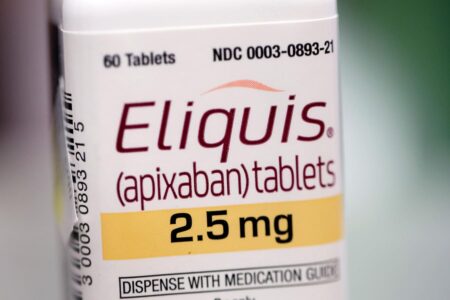PulteGroup (NYSE: PHM), a U.S.-based home construction firm, is scheduled to announce its fiscal Q1 earnings on Tuesday, April 22, 2025. Analysts expect earnings of $2.42 per share on $3.82 billion in revenue. This would mark a 23% year-over-year drop in earnings and a 3% decline in revenue compared to $3.13 per share and $3.95 billion reported a year ago. Historically, the stock has moved higher following earnings 65% of the time, with a median one-day gain of 4.3% and a peak increase of 9%.
PulteGroup experienced an 11% decline in its sales order backlog in the prior (Q4) quarter, which could pose challenges for future revenue. Navigating through market rivalry and broader economic pressures will be critical for maintaining momentum in the upcoming quarters. The company currently holds a market capitalization of $19 billion. Over the past twelve months, it generated $18 billion in revenue, along with $3.9 billion in operating profits and $3.1 billion in net income. While actual results compared to expectations will play a big role, analyzing historical trends could offer an advantage for event-driven investors.
For event-focused traders, historical data can provide useful signals—either to take positions before the earnings release or respond immediately afterward. For those aiming for growth with less volatility than individual equities, the Trefis High-Quality portfolio serves as an alternative, having outperformed the S&P 500 and delivering over 91% in returns since inception. See earnings reaction history of all stocks.
PulteGroup’s Historical Odds Of Positive Post-Earnings Return
Here are some takeaways from one-day (1D) post-earnings stock movements:
- Over the past five years, there have been 20 earnings reports, with 13 positive and 7 negative one-day reactions. That means shares rose about 65% of the time.
- Focusing on the last three years, this success rate improves to 75%.
- The median return among the 13 positive outcomes is 4.3%, while the median of the 7 negative outcomes is -4.3%.
The table below highlights additional insights on observed 5-Day (5D) and 21-Day (21D) post-earnings returns, as well as supporting statistics.
Correlation Between 1D, 5D, and 21D Historical Returns
A relatively lower-risk approach—though only useful with meaningful correlation—is to examine how short-term and medium-term returns are linked after earnings. Traders can choose strategies based on the strongest correlation. For example, if 1D and 5D returns correlate the most, a trader might go “long” for 5 days if 1D returns are positive. Here is a snapshot of correlation data for both 5-year and 3-year windows. Note: 1D_5D represents the correlation between 1-day and 5-day post-earnings returns.
Explore the Trefis RV strategy, which has outperformed a blended benchmark of the S&P 500, S&P mid-cap, and Russell 2000 indices, offering compelling returns to investors.
Invest with Trefis
Market Beating Portfolios | Rules-Based Wealth
Read the full article here
















